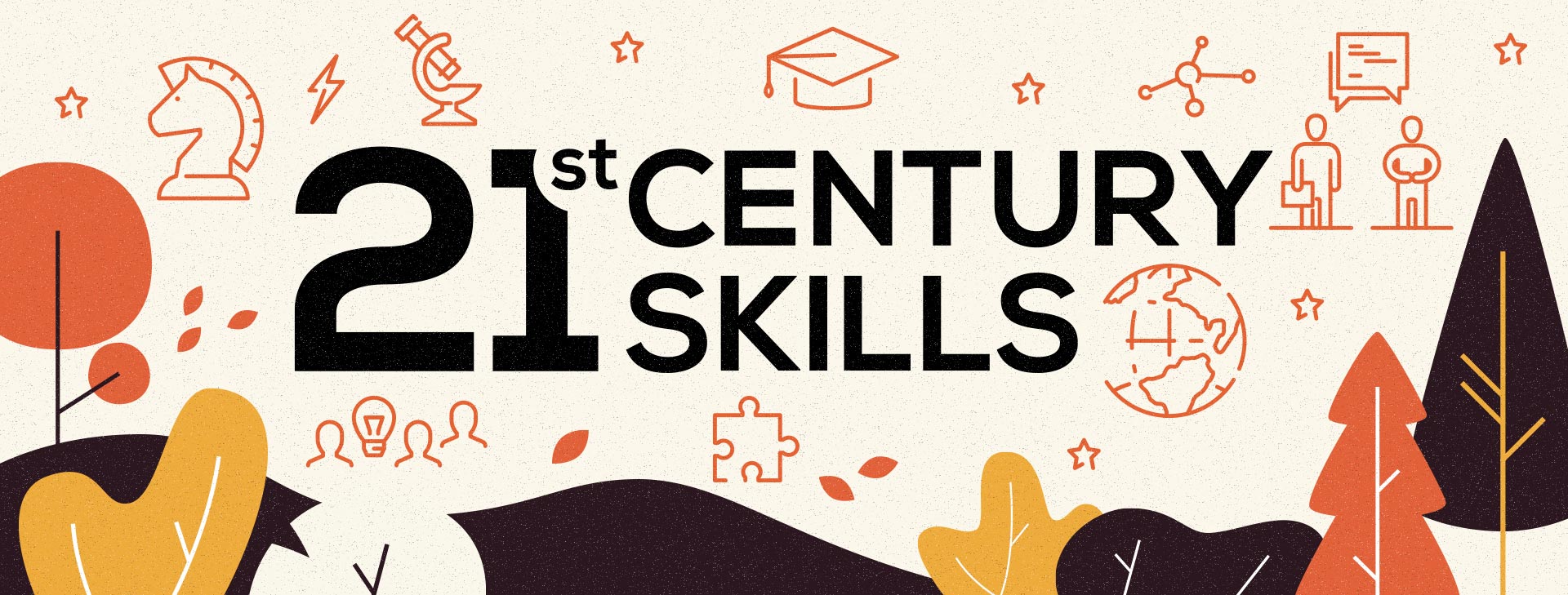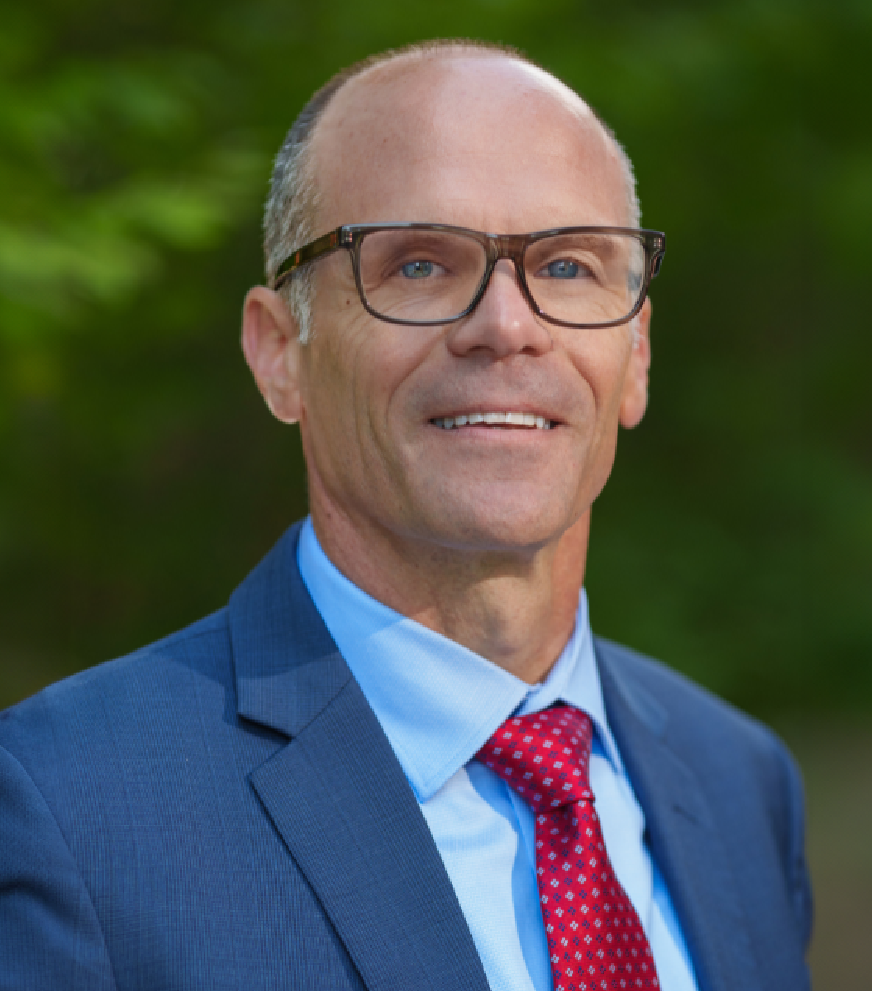
Instructing & Assessing 21st Century Skills: A Focus on Self-Directed Learning
Research and Best Practices: One in a Series on 21st Century Skills
For the full collection of related blog posts and literature reviews, see the Center for Assessment’s toolkit, Assessing 21st Century Skills.
Self-directed learning is vital in today’s world and workforce. Individuals must know how to take charge of their learning—to plan, develop, adapt, and change in a digital, interactive, and global society. The problem is that self-directed learning is a complex and conceptually vague term that overlaps with similar 21st century skills such as self-management, conscientiousness, and initiative, to name a few. Moreover, different fields of study take different perspectives and use different terminology when defining, delineating, and measuring these skills in schools. Self-directed learning needs a careful definition and greater clarity of its components for educators to teach and assess students’ self-directed learning skills intentionally.
Definition
Malcolm Knowles (1975) provided one of the earliest and most widely adopted definitions of self-directed learning. In his view, self-directed learning comprises a five-step process:
Individuals take the initiative, with or without the help of others, in (1) diagnosing their learning needs,(2) formulating learning goals, (3) identifying human and material resources for learning, (4) choosing and implementing appropriate learning strategies and (5) evaluating learning outcomes (Knowles, 1975, p. 18).
Self-directed learning gives learners the freedom and autonomy to choose the what, why, how, and where of their learning (Francis, 2017). The research literature reveals four dimensions of self-directed learning:
- Self-Regulation is the ability to plan, direct, and control one’s emotions, thoughts, and behaviors during a learning task.
- Motivation is the desire to engage in an activity that emerges from the inherent enjoyment of an activity or a sense of obligation to engage in a task. Growth mindset is a major factor influencing motivation: believing that intelligence, personality, and abilities are flexible and dynamic, shaped by experience, and changing over the lifespan (Dweck, 2006).
- Personal Responsibility (also called responsibility, initiative, and ownership) is a willingness to take full responsibility for one’s actions.
- Autonomy is the ability to recognize available choices and take charge of one’s learning, and to control choices through ongoing reflection and evaluation.
Development of Self-directed Learning
We know little about how self-directed learning develops over time. Research on development milestones does exist, however, for three of the four dimensions of self-directed learning. For example, Piaget’s cognitive stage theory includes empirically based milestones for aspects of self-regulation and personal responsibility, and Erikson’s stages of psychosocial development suggest that children begin experimenting with autonomy at age two.
These milestones suggest that children growing up in nurturing and caring environments during their formative years have the cognitive, social, and emotional readiness for self-directed learning by the time they enter preschool. Moreover, these skills continue to develop as children grow older. However, empirically-based developmental milestones explaining how self-directed learning as a holistic construct develops and progresses over time do not exist.
Instruction to Support the Development of Self-directed Learning
Self-direction is best learned through observation (e.g., watching others self-direct), teacher modeling, and guided practice. Therefore, students need ample opportunities to be taught self-directed learning skills and, further, to observe and practice these skills in their community.
Schools that adopt constructivist and socio-cultural learning approaches, such as personalized and problem-based learning, are better equipped to facilitate self-directed learning. By adopting these approaches, furthermore, teachers have the flexibility to personalize the level of self-regulation, choice, and independence to which students are exposed as they work toward self-direction.
Instructional models of self-directed learning generally support activities across three instructional phases: plan; monitor and adjust; and reflect and evaluate.
- Plan: Teachers facilitate a process that allows students to take charge of their learning. Students are encouraged to reflect on their learning needs (i.e., knowledge and skill gaps), set realistic yet challenging personal learning goals, and individually plan the steps and resources needed to complete the task.
- Monitor and Adjust: Teachers scaffold students’ learning by modeling how to monitor and adjust using feedback and metacognitive thinking aloud. The role of teacher and peer feedback is essential for developing self-directed learners. Decades of research support the idea that more feedback, when delivered effectively, produces greater learning (Black & Wiliam, 1998; Hattie, 2008). Students need regular and timely feedback on the process they use and the product they produce to achieve a goal. Teachers should provide targeted, detailed and timely feedback to individuals and student groups; students, in turn, focus on incorporating feedback as they engage in the learning process.
- Reflect and Evaluate: Teachers provide opportunities for students to share work, collect and process feedback, and compare their work to standards and other students’ work. Additionally, teachers model reflective behaviors, provide feedback against the learning goal and standards and evaluate final products. As students share their work, for example, teachers can facilitate discussion and reflection to prompt students to examine what resources were most useful, what strategies were most effective, where they struggled, and what might have worked better.
Implications of Research for Classroom Assessment Design
The best way to assess self-directed learning is through authentic, performance-based tasks that allow students to demonstrate their ability to apply self-directed learning skills. Students develop self-directed learning as they practice them. However, the evidence collected about students’ self-directed learning skills is not likely to come from a final student work product. Self-directed learning is a process, not an outcome. Therefore, teachers will need to use assessments that focus on students’ cognitive (e.g., thinking), social, and emotional behaviors during the learning process.
Assessment tools such as teacher logs and checklists, student self-reflections/evaluations, and student self-report surveys are useful to gather formative evidence about students’ application of self-directed learning skills. For example, teachers may develop—or ask students to develop—a list of behaviors that could be evidence of self-directed learning skills, such as setting goals, staying on task, reviewing and revising work, finding alternatives when stuck, and editing with care. Teachers can use the checklists to provide feedback to students, or students can complete them as a self-assessment tool.
Teachers can also offer daily or weekly prompts for students to respond to and set aside time for meaningful student reflection. Students could be asked to reflect on how well they were able to set challenging goals, develop an action plan, and manage their time. Alternatively, they could be asked to consider unforeseen challenges that emerged during the task and how they addressed them.
As a complement to these formative assessment tools and practices, more and more schools are using summative measures of social-emotional learning, which include important self-directed learning behaviors. Surveys such as the Self-Directed Learning Readiness Scale (Guglielmino, 1978) can be used as a pre- and post-measure to measure growth in students’ self-directed learning readiness from the beginning to the end of the school year.
Evidence-centered design (ECD) is a process for developing assessments of such hard-to-observe constructs as self-directed learning (Mislevy & Haertel, 2007). Through the ECD process, assessment developers delineate the types of evidence—an interrelated set of knowledge, skills, and abilities—known to reflect a construct or competency. This collection of evidence is then structured to reflect the relative importance in demonstrating each competency (e.g., competencies representing dimensions of self-directed learning). Rubrics can be designed to capture the intended evidence, and weight of that evidence, toward measuring self-directed learning and associated dimensions.
For a more complete discussion of the topics covered in this post, the full literature review on self-directed learning is available here.
